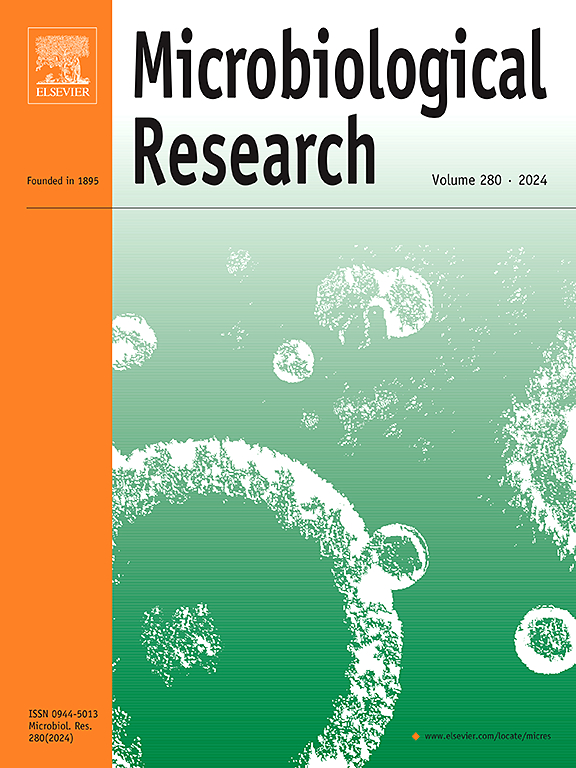Streptococcus suis regulates central carbon fluxes in response to environment to balance drug resistance and virulence
IF 6.1
1区 生物学
Q1 MICROBIOLOGY
引用次数: 0
Abstract
Streptococcus suis, a zoonotic pathogen, must adapt to the distinct nutritional environment of the host microhabitat during infection and the establishment of invasive disease, primarily by modulating its metabolic pathways. Metabolic plasticity endows S. suis with an enhanced capacity for environmental adaptation. Multidrug-resistant S. suis is increasingly prevalent due to the extensive use of antibiotics in swine production. In this study, an environment-dependent evolutionary model demonstrated that S. suis could modulate its metabolism in response to environmental changes, thereby altering its drug resistance and virulence. The central carbon flux regulated by pyruvate dehydrogenase (PDH) was identified as a pivotal node in balancing drug resistance and virulence in S. suis. Within the in vivo host environment, increased carbon flux through PDH enhances the production of capsular polysaccharide (CPS), thereby improving immune evasion. Conversely, in the antibiotic environment, reduced carbon flux through PDH downregulates the bacterial metabolic state, which diminishes the induction of toxic metabolites by antibiotics, thereby augmenting drug resistance. This concept provides a reasonable explanation for the puzzling phenomena observed with S. suis in clinical settings. For instance, antibiotic-resistant S. suis has a survival advantage in pig farms where antibiotics are frequently used but is less frequently associated with invasive infections. Furthermore, this study demonstrates that exogenous pyruvate can enhance the bactericidal effect of gentamicin against clinically multidrug-resistant S. suis, offering new insights and potential strategies for controlling clinical multidrug-resistant S. suis infections.
求助全文
约1分钟内获得全文
求助全文
来源期刊

Microbiological research
生物-微生物学
CiteScore
10.90
自引率
6.00%
发文量
249
审稿时长
29 days
期刊介绍:
Microbiological Research is devoted to publishing reports on prokaryotic and eukaryotic microorganisms such as yeasts, fungi, bacteria, archaea, and protozoa. Research on interactions between pathogenic microorganisms and their environment or hosts are also covered.
 求助内容:
求助内容: 应助结果提醒方式:
应助结果提醒方式:


